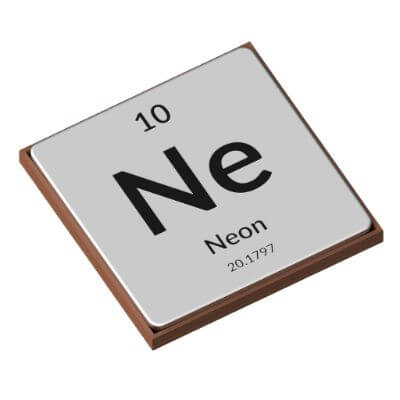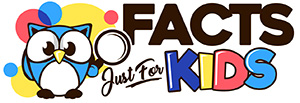
- Name: Neon
- Symbol: Ne
- Atomic Number: 10
- Atomic Weight: 20.179 u
- Period: 2
- Group: 18
22 Neon Facts for Kids
- Neon is a chemical element on the periodic table.
- Neon was first isolated and discovered in 1898 by two British chemists, William Ramsay and Morris.
- Neon is a colorless and odorless gas.
- Neon is a gas at room temperature.
- The symbol, for neon is Ne.
- The atomic number for neon is 10.
- The standard atomic weight for neon is 20.179 u.
- Neon is in the noble gas element category on the periodic table.
- Neon is a period 2 chemical element, which is the second row on the periodic table.
- Neon is a group 18 chemical element, which is the noble gases group.
- Neon has three stable isotopes and they are 20Ne, 21Ne and 22Ne.
- The melting point for neon is -415.46 °F (248.59 °C).
- The boiling point for neon is -410.883 °F (246.046 °C).
- Neon is the 5th most abundant element found in the universe.
- There are only trace amounts of neon in the Earth’s atmosphere.
- Neon is about two-thirds denser than air.
- Neon is one of the lightest noble gases, only helium is lighter.
- Neon signs are made with neon gas and produce a bright reddish-orange light.
- The first verified public display of a neon sign was in 1910 by Georges Claude.
- Some signs that are called neon signs with other bright colors are made with other noble gases, not neon.
- Neon can be liquefied and used as a cryogenic refrigerant.
- Due to its rarity on Earth, neon is an expensive gas and can cost up to 55 times more than helium.
Additional Resources on Neon
- Neon – RSC – Read more about neon on the Royal Society of Chemistry website.
- Neon – Jlabs – Learn more about the neon chemical element on the Thomas Jefferson Labs website.
- Neon – Chemicool – Find more fun neon facts on the Chemicool website.
- Neon – Wikipedia – Discover some cool facts about Neon on the Wikipedia website.
